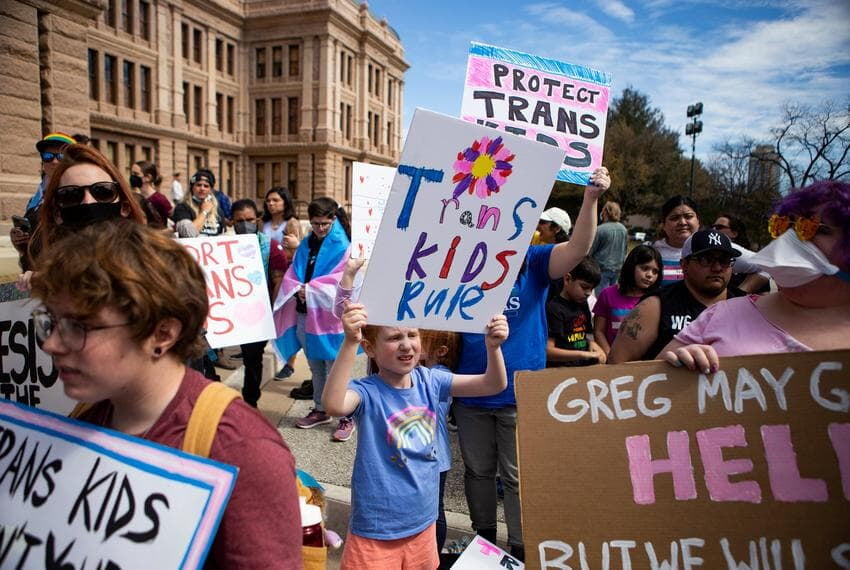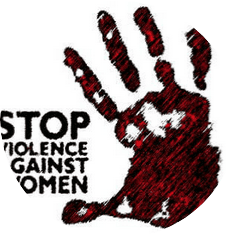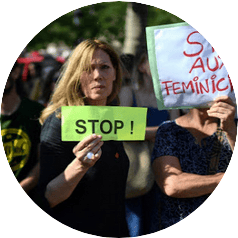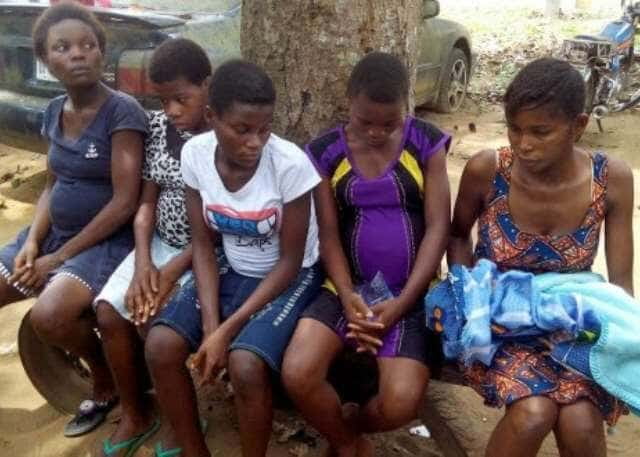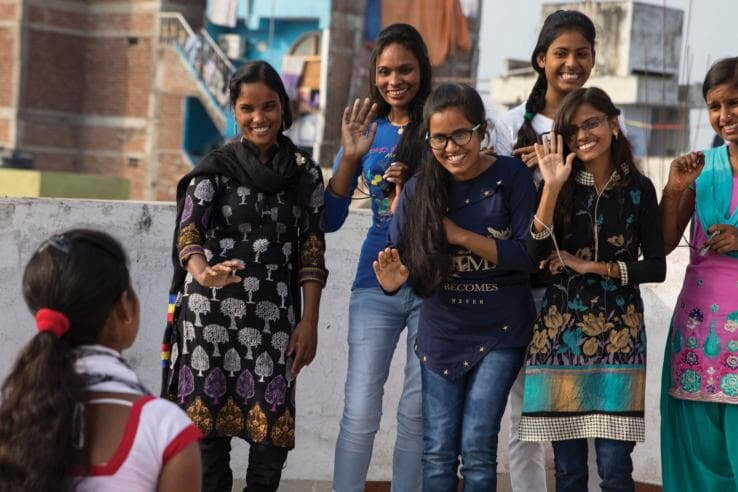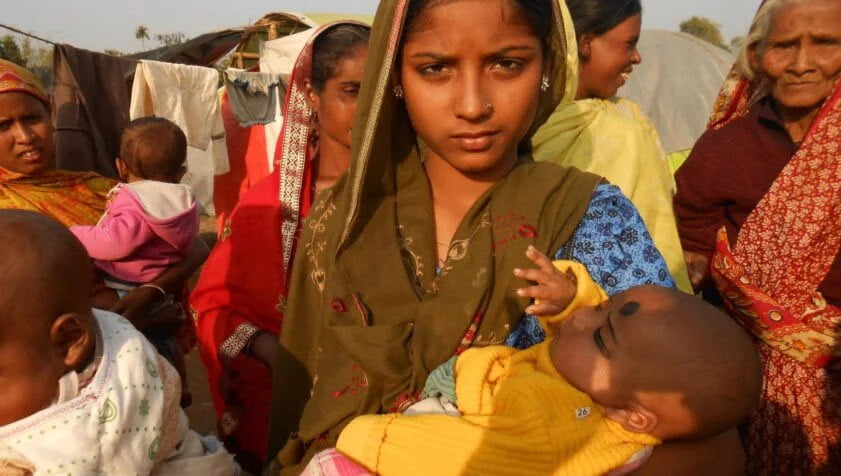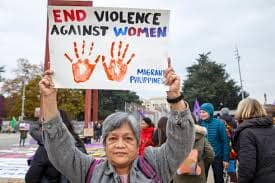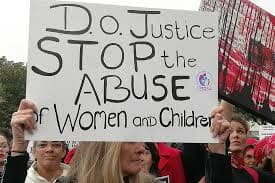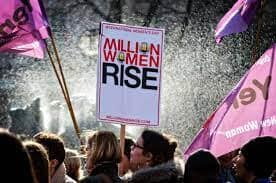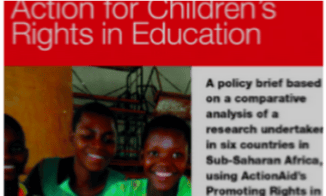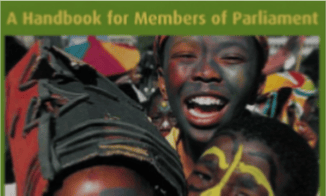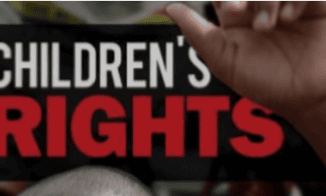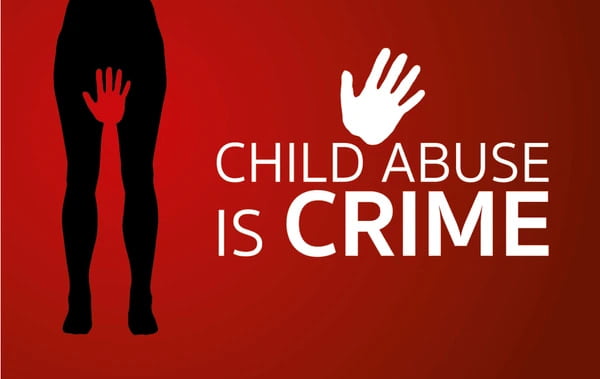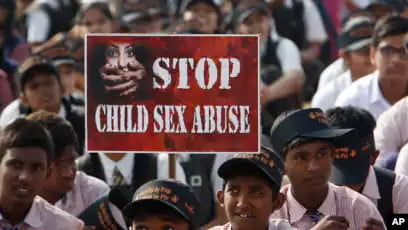Violence and Abuse in Rural communities
Violence and abuse are critical problems in the rural communities. Their effects in rural areas are often exacerbated by limited access to support services for victims, family connections with people in positions of authority, a lack of acceptance for alternative lifestyles, distance, transportation barriers, the stigma of abuse, lack of available shelters and affordable housing, poverty as a barrier to care, and other challenges. Abuse victims who live in small communities may be well-acquainted with healthcare providers and law enforcement officers. For that reason, they may be reluctant to report abuse, fearing that their concerns will not be taken seriously, their confidentiality will not be maintained, their reputations may be damaged, or that they may incur
even more abuse. The sponsor of the ACSSWRPR USA July 2025 international conference, The A21 Campaign organization, H.R.W & F.H is an international non-governmental organizations concerned with all aspects of children’s rights in education, protection, human rights & Sexual Abuse. It associates persons without distinction of race, nationality or political beliefs, who aim to improve education and care for children's from birth to the age of eight. one of the oldest and largest international, non-governmental organization devoted to all aspects of children’s rights in education, protection & to eliminate Sexual Abuse. with a long and proud history of promoting the health, well being, rights and education for the world's children from birth to age 8. With members and national committees in 72 countries (24 in Europe) to defends and promotes the rights of the child to education and care worldwide and supports activities which improve accessibility to high quality children’s rights in education and to eliminate Sexual Abuse. All work is done on a voluntary basis, including that of the holders of office. we offer three official languages: English, French and Spanish. HOW CAN MICROFINANCE SERVICES BE BETTER ORGANIZED TO
RESPOND TO THE SPECIFICITIES OF AGRICULTURE
THE ISSUES
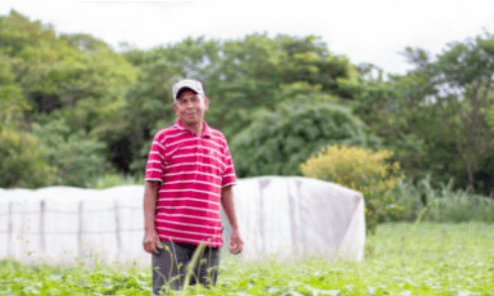
The growth of microfinance has emerged out of the failure of development financial institutions and national commercial banks to sustainably meet the needs of poor rural populations in developing countries. Conventional banks have thus far proven unable to finance agriculture and rural activities due to difficult business environments where small transaction size combined with insufficient institutional and physical infrastructure increase transaction costs. While all microfinance institutions share the characteristic of small-scale transactions, their organizational structures and level of formality widely vary: from mutualiste models, saving and credit cooperatives, Self-Help Groups and CVECAs (self- manage village savings and credit banks) to village banks and non-government organizations that have transformed into formal financial institutions.

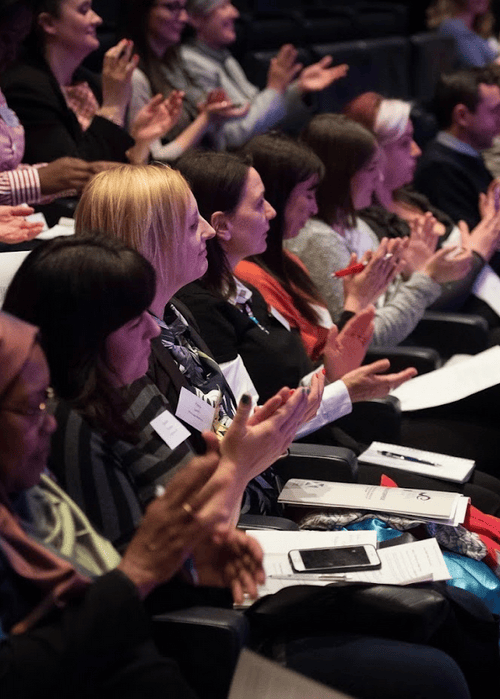
The forthcoming international conference USA 2025 will Award and recognized individual and/or institution, award will consists of a gold medal, a diploma and a monetary prize.
Prospective authors are kindly encouraged to contribute to and help shape the conference through submissions of their research abstracts, papers and e-posters. Also, high quality research contributions describing original and unpublished results of conceptual, constructive, empirical, experimental, or theoretical work in all areas of human rights, sexual abuse and children's rights in education & protection are cordially invited for presentation at the conference. The conference solicits contributions of abstracts, papers and e-posters that address themes and topics of the conference, including figures, tables and references of novel research materials.
July 2025:International conference on advancing child-sensitive social protection, women's rights and poverty eradication aims to bring together leading academic scientists, researchers and research scholars to exchange and share their experiences and research results on all aspects of human rights, sexual abuse and children's rights in education & protection. It also provides a premier interdisciplinary platform for researchers, practitioners and educators to present and discuss the most recent ideas, trends, and concerns as well as practical challenges encountered and solutions adopted in the fields of human rights, sexual violence and children's rights in education & protection.
Regional Strategy and Framework of Action for Addressing
Gender Based Violence
General Information
What concerns are there for protecting the rural women and other vulnerable rural populations from sexual abuse, violence, and neglect.
Rural women and other vulnerable rural populations who suffer violence and abuse have special considerations when it comes to the need for response, protection, and support, both as victims and survivors. Health concerns associated with aging, such as physical limitations and dementia, make women populations more susceptible to physical neglect and abuse, personal neglect, and financial coercion. Victims who have physical and cognitive disabilities may need advocates to help them access specialized services, resource materials or interpret legal proceedings. The National Center on women Abuse, a part of the Administration on Aging, provides prevention strategies and intervention partner information.

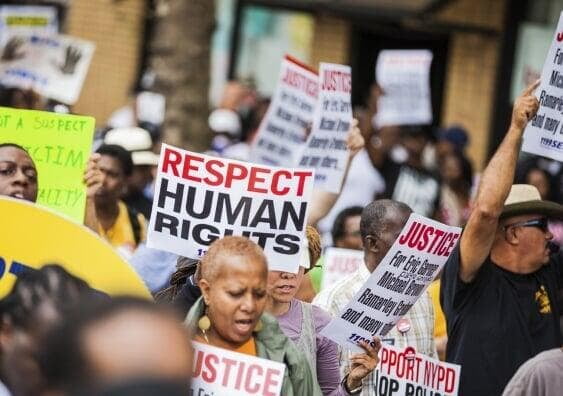
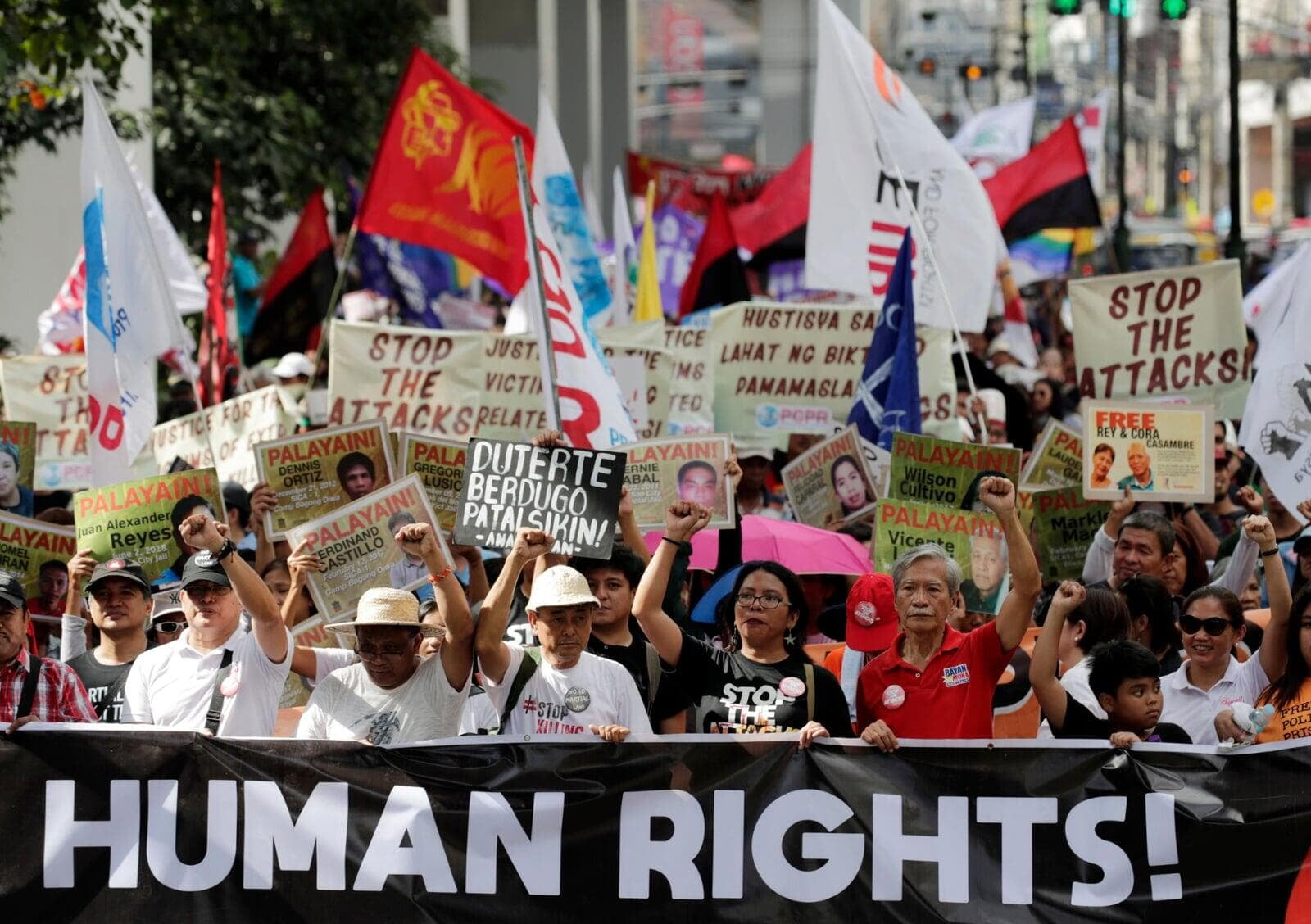
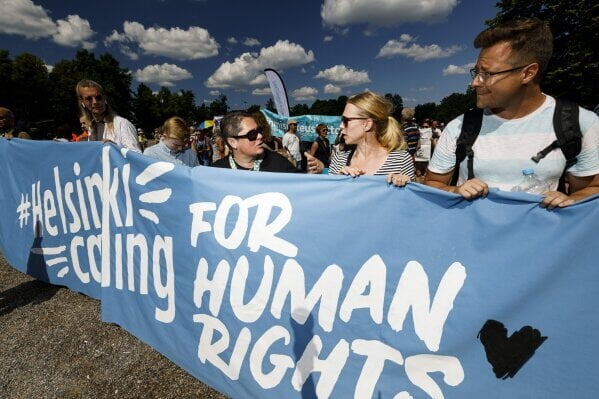
The gender based violence, women's rights, child studies and poverty 2025. conference will be the most significant conference in 2025. The conference is open for human rights defenders and activists, elected officials, academics, NGOs, media, Pride organizers and sports leaders in the field of human rights, and anybody else interested in the more in-depth cause. Our goal is to include all representations under the LGBTI+-acronym in the program and to be highly aware of inter-sectionality in our planning. This includes representation in relation to geography, racialization, ethnicity, age, gender, disability, gender identity, gender expression, sexuality, religion and appearance.

The NCEA provides the latest information regarding research, training, best practices, news and resources on sexual abuse, neglect and exploitation to professionals and the public. First established by the U.S. Administration on Aging (AoA) in 1988 as a national sexual abuse resource center, the NCEA was granted a permanent home at AoA in the 1992 amendments made to Title II of the older Americans Act.

Adolescent pregnancy
Every day in developing countries, 20,000 girls under age 18 give birth. This amounts to 7.3 million births a year. And if all pregnancies are included, not just births, the number of adolescent pregnancies is much higher.
When a girl becomes pregnant, her life can change radically. Her education may end and her job prospects diminish. She becomes more vulnerable to poverty and exclusion, and her health often suffers. Complications from pregnancy and childbirth are the leading cause of death among adolescent girls.
Adolescent pregnancy is generally not the result of a deliberate choice – these girls often have little say over decisions affecting their lives. Rather, early pregnancy is a consequence of little or no access to school, information or health care. OCSSPWRPR
works to address these issues by focusing on the protection and fulfilment of girls’ rights. This includes supporting comprehensive sexuality education and sexual and reproductive health care to help girls avoid pregnancy. OCSSPWRPR
also advocates supporting girls who become pregnant so they can return to school and reach their full potential.

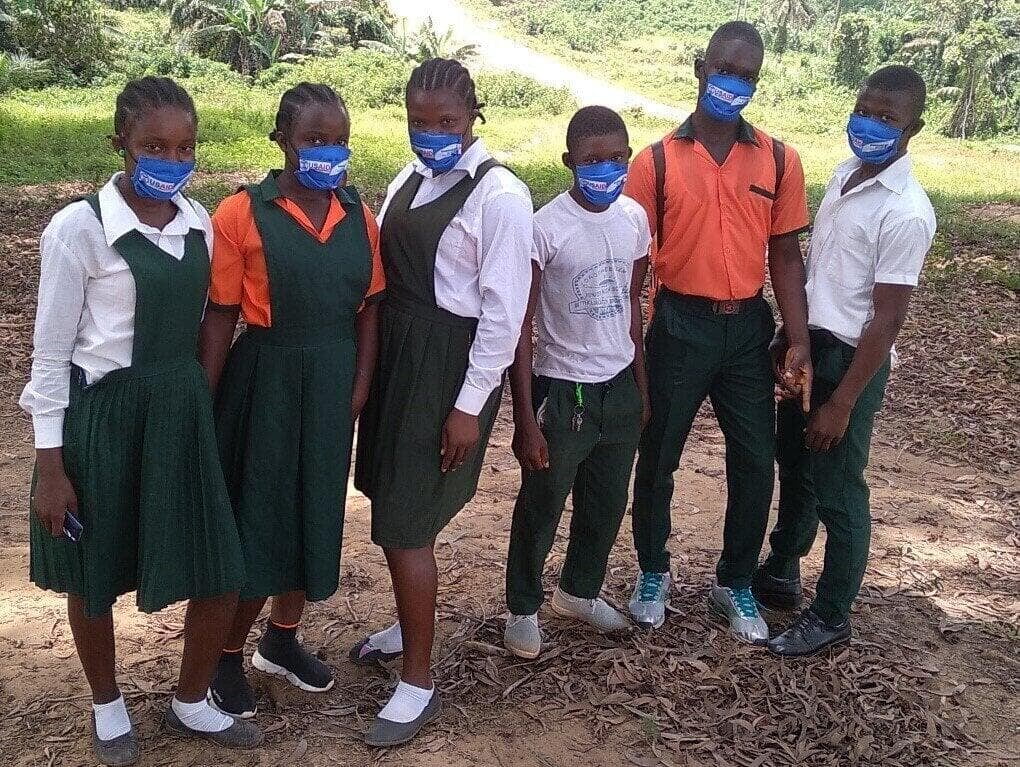
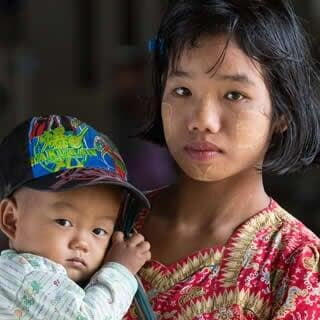
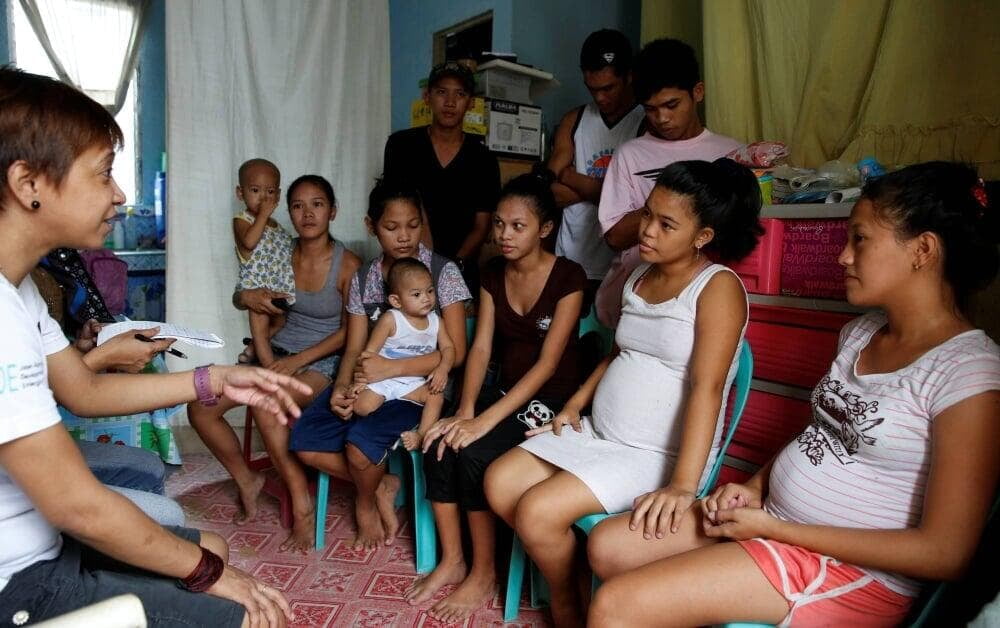
The 6th International Conference on
Advancing Child-Sensitive Social Protection, Women's Rights And Poverty Eradication July 2025.
We believe that partnering with experts from our international community is essential to giving this conference legitimacy and in making sure that the contents of the program is of high quality.
We find representation from regions where LGBTI+ rights remain under increasing pressure to be pivotal, and we encourage every activist and scholar around the globe to join us in New York July 2025.
“Motherhood in Childhood: the Challenges of Teenage Pregnancy”
Every year, over 7 million girls below the age of 18, including 2 million girls under the age of 14, give birth in the developing world. The overwhelming majority of these births – 90% – occur within marriage. At this rate, the number of adolescent mothers under the age of 15 could rise to 3 million a year in 2030.
raises the alarm over the dramatic increase in the number of teenage pregnancies in many parts of the developing world, and its impact on adolescent girls’ health, education and economic prospects.
“Motherhood in Childhood” identifies child marriage as one of the key drivers of teenage pregnancies, especially in South Asia and sub-Saharan Africa. In particular, it finds that:
It also identifies child marriage as one of the key drivers of early pregnancies.
Rural populations have certain characteristics and cultural patterns requiring sensitivity and understanding. This study examined child sexual abuse in one rural community by surveying parents of children who were brought into a child advocacy center in a rural county in the mid-Atlantic region of the United States. Several factors were found that might have impacted the experience of child sexual abuse in this rural community. This research provides information to better inform professionals working with child sexual abuse in rural areas.
In rural areas, many children do not visit school or drop out before finishing their primary school education. consequently, most of the population is not able to read or write. A reason is the far too low income for families living in the villages, which doesn’t allow them to provide for school fees and material for their children. families support each other with small funds for starting an income generating activity, such as growing vegetables, raising animals or trading spices. With this support, families have established a small trade that allows them to finance the schooling of their children.
The 6th OCSSPWRPR
advancing child-sensitive social protection, women's rights and poverty eradication July 2025 conference will share leading practices from across the world on how rural policies can support rural business to embrace new technologies and access global markets, deliver services and amenities in new ways, and mobilise rural assets (renewable energy, natural resources, land and know-how) to create jobs.
What makes a rural community a good place to live, work, run a business, start a family and grow old? It is a whole variety of factors ‑ from the quality and accessibility of services like schools and health care to natural resources and even social trust and community leadership. Recognising this, a number of OECD countries are now implementing a range of policies to deliver rural well-being—embracing a holistic lens on rural development. This formed the central theme of the
OCSSPWRPR 6th advancing child-sensitive social protection, women's rights and poverty eradication. The conference will explored the critical drivers of rural well-being across three pillars:
Making the most of new and emerging technologies in rural areas, enhancing innovation and creating business and job opportunities Addressing demographic challenges and ensuring that rural communities are attractive to both young and old alike Enabling the transition of rural areas to a low carbon economy that creates jobs and opportunity
The 6th
advancing child-sensitive social protection, women's rights and poverty eradication, run by the The A21 Campaign organization (A21), will discussed how innovation can help rural areas and people respond to the challenges of globalisation, shifting trading patterns, and growing inequality. It will brought together a wide range of stakeholders to discuss better policies for rural regions and exchange on how to make the most of rural innovation opportunities for job creation, economic growth, and service delivery.
Join
OCSSPWRPR
OCSSPWRPR 2025 Ministers and other global leaders at the
International Conference USA
July 2025 to discuss how to address child protection, sexual abuse and end violence against Children.

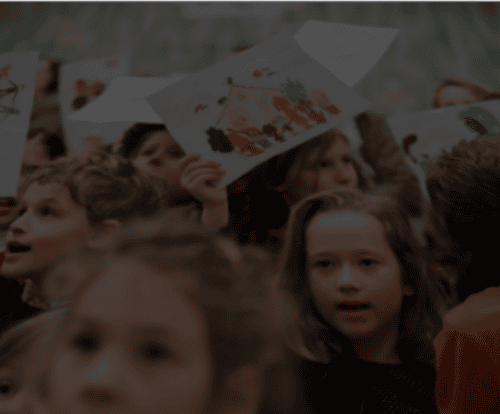
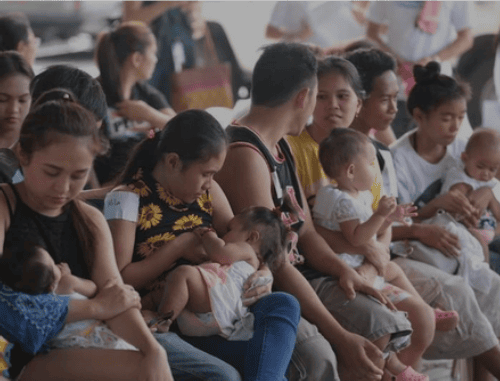
Children have participation rights from birth. They need to learn how, when, where and in relation to
whom these rights can be expressed. Research on the social competencies of children has indicated,
in general, that their capabilities have been underestimated. They can make choices, express
opinions and understand relevant information at a tender age. Long-term, comprehensive
perspectives are needed that support the learning of democratic principles and practices with
applications beginning before the child starts grade school. Nursery schools and kindergartens have
been able to establish basic democratic decision-making principles for children by the age of 3 or 4.
Both formal and informal groups of young children have learned to take responsibility important to
the group, enhancing their own feeling of being worthwhile. However, these competencies are often
lost by the time children reach age 10 because they are not enhanced or used in elementary or
secondary school systems. This may be because pre-school teachers generally learn about and
emphasize the development of children, while secondary school teachers generally learn more about subjects to be taught and how to teach them .
World conference on
advancing child-sensitive social protection, women's rights and poverty eradication July 2025 ,
ACSSWRPR- 2025. invites and unites researchers, scholar’s, students, academicians, research organizations, and making the
ACSSWRPR-2025 allows multiple opportunities for scientific networking and knowledge sharing interaction. As well as the active poster discussion sessions, panel discussions for speakers and participants to engage beyond discussing.
